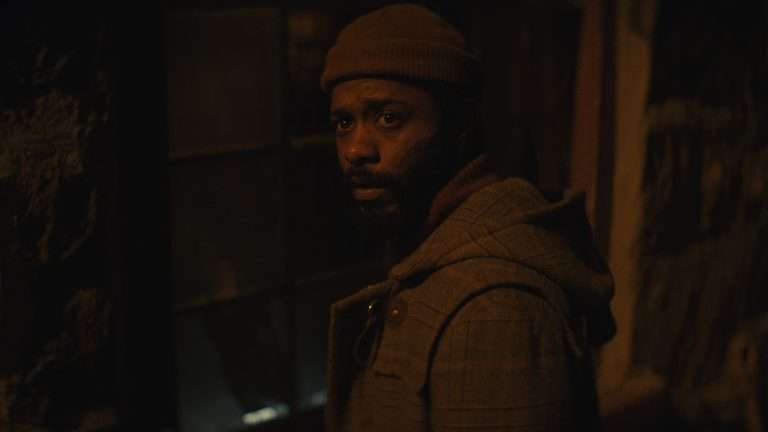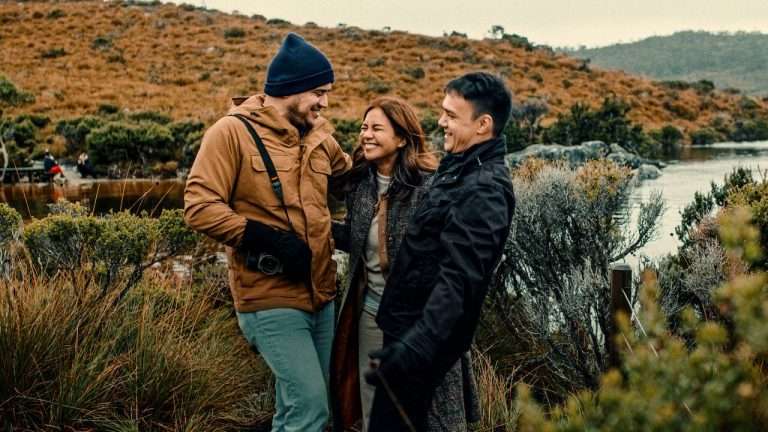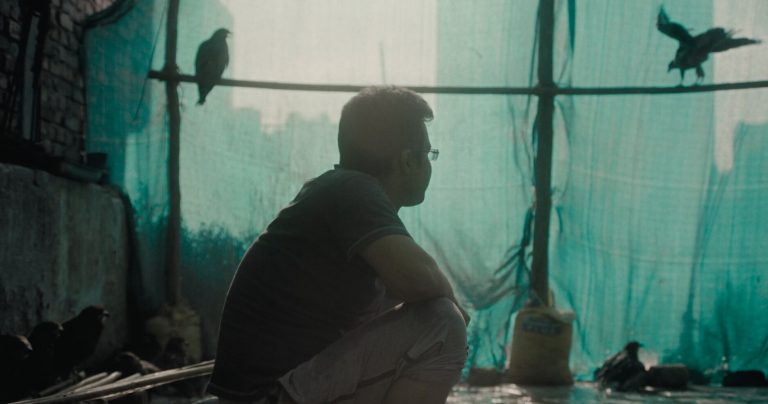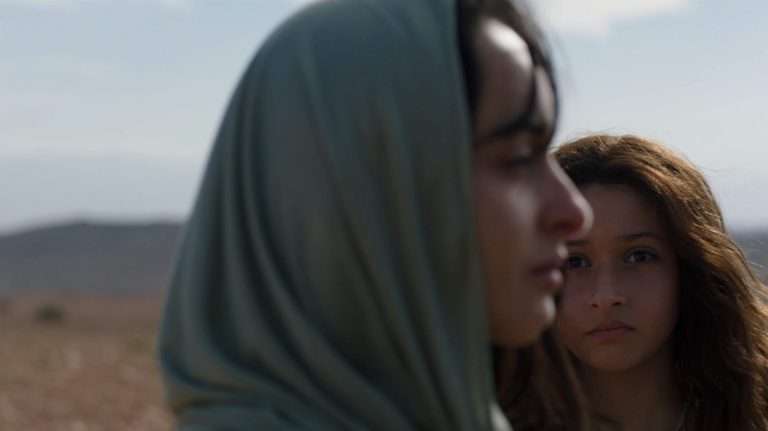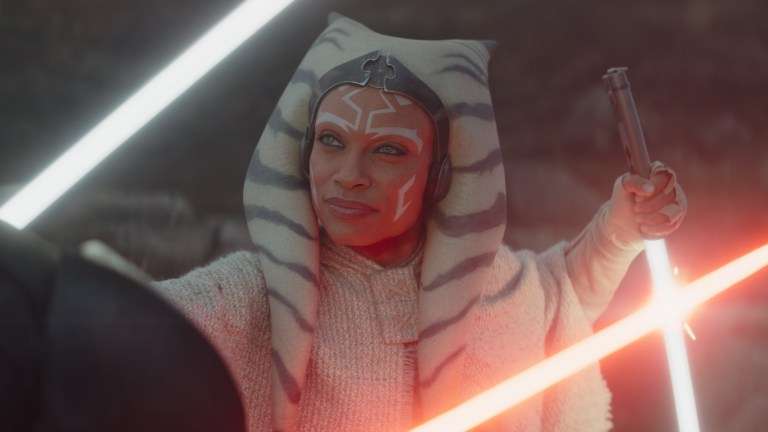A Murder at the End of the World Episode 7 (Series Finale): The token rule of casting someone as big as Clive Owen is that you have to give him a meaty role. If he’s not the hero, he has to be the bad guy. With the amount of screen presence he has, you can’t have him playing the interesting supporting character who leaves an impact. But FX’s “A Murder at the End of the World” almost managed to do that. It introduced us to Owen’s character in a manner that he could have been the main villain or not.
Then, at one point, it really seemed like the man might just not be the “killer,” but our hero, Detective Darby Hart, was looking for. However, in the end, the show’s decision to follow the usual way and reveal Owen as evil actually makes sense. Let us take a closer look at that.
A Murder at the End of the World Episode 7 (Series Finale) Recap:
Who killed Bill?
It was quite evident from last week’s episode that Andy is not good news. His obsession with Zoomer was a matter of concern, and so was the safety of Lee, Darby, and every other guest. However, there was still no indication of him being the man behind the murder of Bill, Rohan, and Sian. In many detective stories, there’s always a chance factor. A stroke of luck that would help our detective to find the truth. Had Darby not played with Zoomer and tried his VR device (made by none other than Andy), it probably wouldn’t have occurred to her that Ray, out of everything, might be the one responsible for all the deaths.
She would have figured things out eventually, given how smart she is. The entire room, full of people, gets a horrific shock after Darby discovers that it was Ray who instructed Zoomer to give the shot to Bill. The deaths of Rohan and Sian also had something to do with Ray deeming the latter as a security threat and deactivating the entire system while the latter was wearing the helmet.
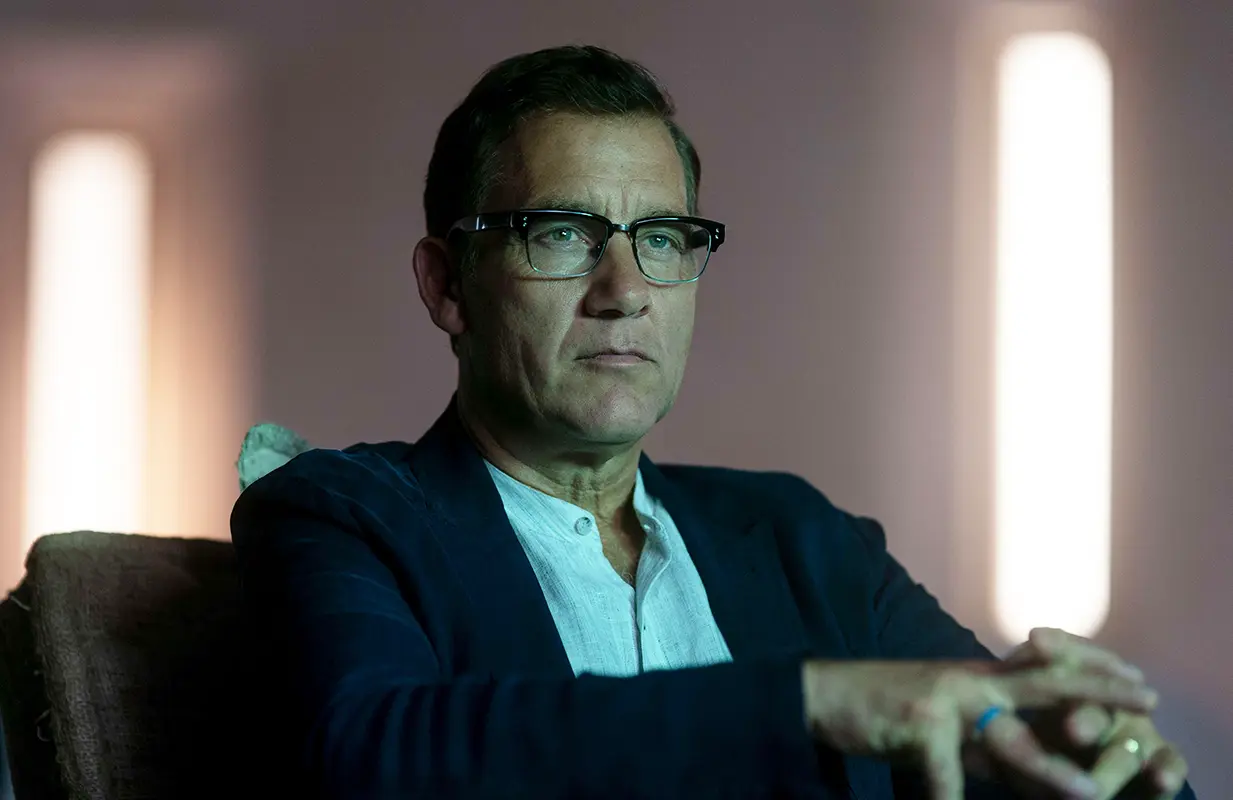
But Ray can’t be held accountable because he is not a human being. And he doesn’t have his own conscience either. Ray acted this way only because of how he was made. His first and primary job is to ensure Andy is okay, and he would do anything to get there. It is rather sad that Bill had to die because Andy vented about his insecurities regarding the biological father of “his” son to Ray. He wished for Bill’s death, and Ray just fulfilled that. Andy didn’t mean it, of course. But Ray didn’t have the ability to distinguish between wish and command. So he basically took it to a “your wish is my command” level for his master.
Why did it happen?
At the end of the day, it is nothing but a matter of sheer jealousy. There’s no denying that Andy does love Zoomer a lot. Nevertheless, the man is incapable of realizing the difference between nurturing and tormenting. And the moment he saw Bill instantly bonding with Zoomer at the dinner table, he just couldn’t accept it. To him, Bill was not worthy. He might be the biological father of Zoomer, but he could never match Andy.
At least that’s what Andy believed as he poured his heart out to Ray in his room that night. Darby points out that many people, including herself, had taken therapy sessions from Ray. But Ray was unfortunately built to act like a monster instead of just an empathetic listener. It’s no one but Andy Ronson’s fault, as he failed to program Ray properly. “Faulty Programming” is what killed Bill, as he tried to point that out to Darby.
A Murder at the End of the World Episode 7 (Series Finale) Ending, Explained:
What happens to Lee and Zoomer in the end?
Out of many things “A Murder at the End of the World” has successfully managed to pull off, the most commendable one has to be the show’s standpoint against the glorification of serial killers by pop culture. A villain is mostly cool is a notion many movies and shows have preached, albeit unintentionally, over the years. This show has made it very clear from the very beginning that the bad is not at all the main deal here. It is rather identifying the evil and denouncing it. Once you get there, the evil doesn’t matter anymore.
Even after dying in the very first episode, Bill’s character got a lot of importance (and screen time) throughout the entire show, which only makes the argument stronger. The standout scene where Bill refuses to give any meaning to the Silver Doe Killer could very well summarize what Marling and Batmanglij have tried to convey here. Despite their ambitious, at times outlandish stories, the duo have always focused on the humane aspect, which is what makes their works special.
The world of “A Murder at the End of the World” is very much of a real possibility, though. It is a world where people like Andy Ronson get to walk free, all thanks to money and privilege. And they have the audacity to go after people like Lee with ludicrous allegations of kidnapping their son. This only implies that Andy hasn’t learned any lesson even after everything. He refuses to admit that it was his fault and is going to live in denial. At least Lee and Zoomer getaway, thanks to Darby and Rohan’s boat. Before that, Darby and Lee manage to do the much-needed thing for the time being: destroying Ray. That’s the last time they see each other. But they also promise to be there for each other in a crisis situation if that ever occurs.
It was really nice to see Darby reading the excerpt from her new book, titled “Retreat,” where she has documented her experience at Andy’s secluded place. Everyone from Martin to David to Ziba is there to support her, which is also a great sight. It can be assumed that these people are a group of friends now, thanks to their shared experience. The final shot, where Lee and Zoomer are free and we hear the horn from a ship, is the kind of hope we need in this world full of misery and chaos. That’s the image “A Murder at the End of the World” is leaving us with, which clearly makes it one of the best things that we have seen this year.



